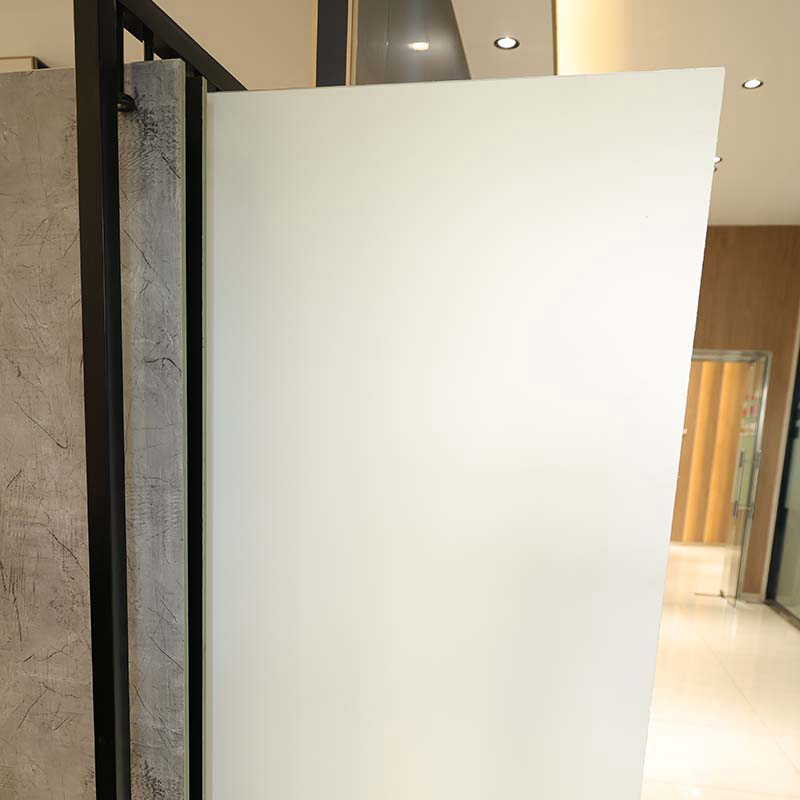Introduction
Wood veneer is a widely used material in the furniture and construction industries. It offers the natural beauty of wood while being more cost-effective and versatile. In recent years, there has been a growing interest in bamboo charcoal wood veneer due to its unique properties and potential benefits. This article aims to provide a comprehensive review of the quality and benefits of bamboo charcoal wood veneer.
Quality of Bamboo Charcoal Wood Veneer
1. Appearance: Bamboo charcoal wood veneer has a distinct dark color, thanks to the charcoal infusion. It adds a touch of elegance and sophistication to any space where it is used. The charcoal particles also create a subtle grain pattern, enhancing the overall aesthetic appeal.
2. Durability: Bamboo charcoal wood veneer exhibits excellent durability. The infusion of bamboo charcoal helps to strengthen the wood fibers, making it resistant to scratches, dents, and other forms of wear and tear. It is also less prone to warping and shrinking, ensuring the longevity of the veneer.
3. Eco-friendly: Bamboo charcoal wood veneer is an environmentally friendly choice. Bamboo is a fast-growing plant that matures within 3 to 5 years, making it a highly renewable resource. Additionally, the production process of bamboo charcoal wood veneer involves minimal chemical treatments and low energy consumption, further reducing its ecological footprint.
Benefits of Bamboo Charcoal Wood Veneer
1. Improved air quality: Bamboo charcoal has excellent air purifying properties. It has the ability to absorb harmful chemicals, odors, and moisture from the surrounding environment. When used in wood veneer, bamboo charcoal can help create a healthier indoor environment by reducing indoor air pollution and preventing the growth of mold and mildew.
2. Enhanced thermal insulation: Bamboo charcoal wood veneer has natural thermal insulation properties. It helps to regulate temperature and maintain a comfortable living or working environment. By reducing heat transfer, the veneer can contribute to energy efficiency and lower heating or cooling costs.

3. Antibacterial and antifungal properties: Bamboo charcoal has been found to possess antibacterial and antifungal properties. When incorporated into wood veneer, it can help inhibit the growth of bacteria and fungi, promoting a cleaner and healthier living space. This is particularly beneficial in areas where hygiene is crucial, such as hospitals or kitchens.
4. Sustainability: As mentioned earlier, bamboo charcoal wood veneer is a sustainable choice. Bamboo grows rapidly and requires minimal water and pesticides. Its cultivation also helps to combat deforestation as it can be harvested without destroying the entire plant. By choosing bamboo charcoal wood veneer, consumers can contribute to a greener and more sustainable future.
Conclusion
Bamboo charcoal wood veneer offers a unique combination of aesthetics, durability, and environmental benefits. Its distinct dark color and subtle grain pattern add an elegant touch to any space. The infusion of bamboo charcoal enhances its durability, making it resistant to scratches and dents. Additionally, bamboo charcoal wood veneer contributes to improved air quality, thermal insulation, antibacterial and antifungal properties, and sustainability. Therefore, it is an excellent choice for those looking for a versatile and eco-friendly material for their furniture or construction needs.
Previous: High-Quality PVC Panels: The Ideal Choice for Your 4×8 Panel Needs
Next: Bamboo Charcoal Wood manufacture: The Revolutionary Solution for Sustainable Living

Carbon crystal plate (wbt660)
product description: What is the material of the carbon crystal plate? The carbon crystal plate is made of natural bamboo powder, calcium powder, new polymer composite material, carbon crystal powder and PVC powder. The raw materials do not contain f...

PVC Bamboo Charcoal Wall Panel
PVC bamboo charcoal wall panels are decorative panels made of PVC (polyvinyl chloride) material that is reinforced with bamboo charcoal. Bamboo charcoal is a natural material that has been widely used in traditional Asian medicine and health products...

Cabinet sanitary board (wbt310)
product description: The PVC bathroom cabinet is mainly made of polyvinyl chloride material and high-density double-skinned PVC board. It not only has excellent moisture-proof and waterproof performance, is not easy to deform, and has a variety of sh...

PVC building formwork (wbt130)
PVC building formwork is a type of construction material used to shape and support concrete structures during the building process. It is a popular alternative to traditional formwork materials such as wood, steel, and aluminum, due to its numerous b...